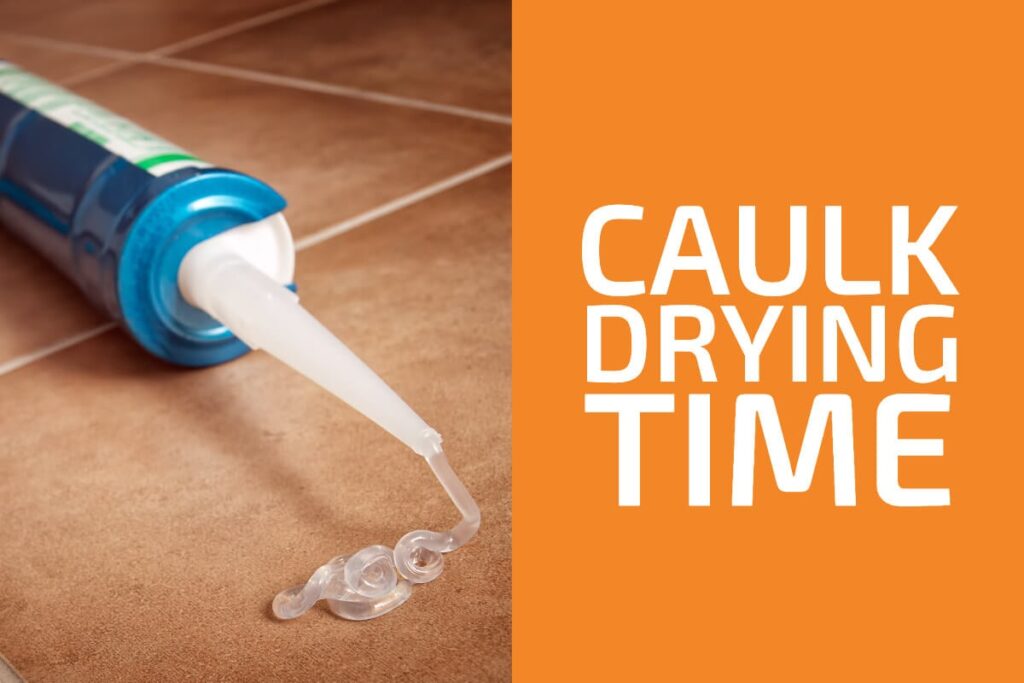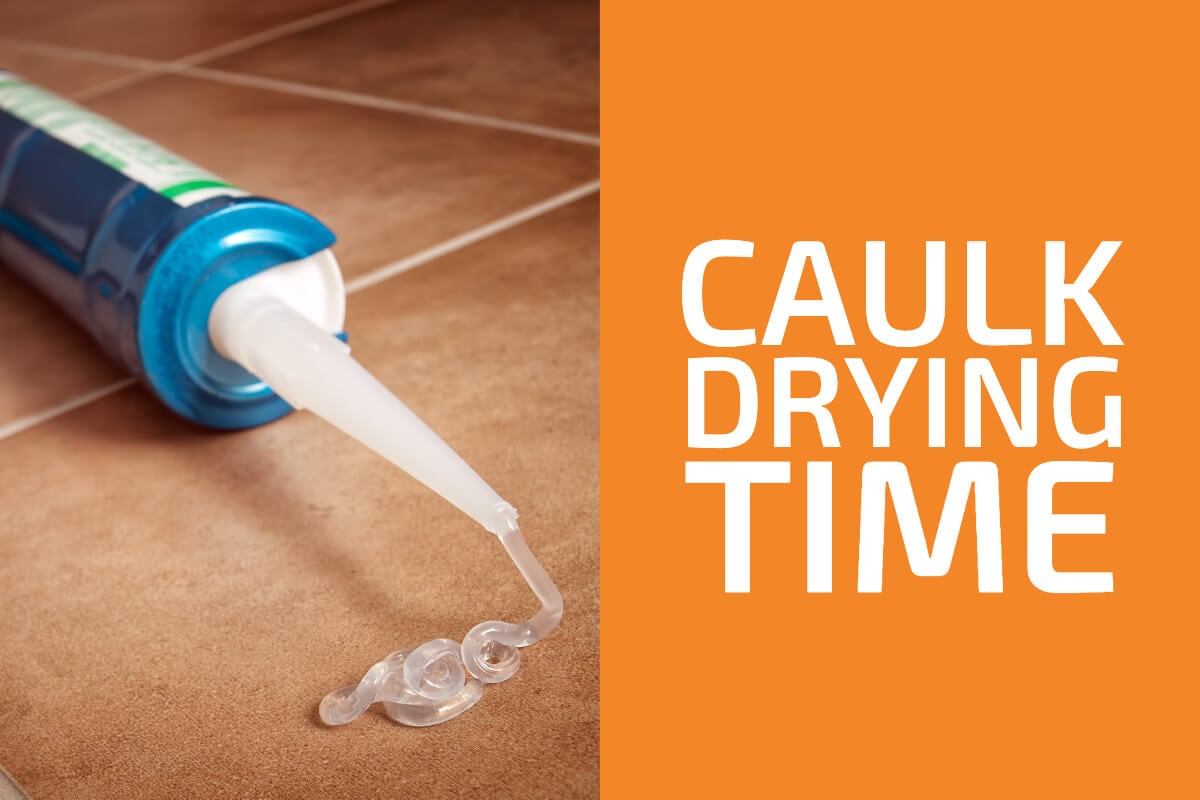
The Ultimate Guide to Caulk Dissolvers: Choosing the Right One and Using It Effectively
Caulk, that flexible sealant we often rely on in bathrooms, kitchens, and around windows, can become a real headache when it’s time to remove it. Over time, caulk can crack, discolor, or simply lose its effectiveness, requiring replacement. But removing old caulk can be a tedious and frustrating process. That’s where caulk dissolvers come in. These chemical solutions are designed to soften and break down old caulk, making it easier to scrape away. This comprehensive guide will walk you through everything you need to know about caulk dissolvers, from choosing the right product to using it safely and effectively.
Understanding Caulk and Why Removal is Necessary
Caulk is a sealant used to fill gaps and joints, preventing water and air from penetrating. It’s commonly found around bathtubs, showers, sinks, toilets, windows, and doors. While caulk is durable, it’s not permanent. Exposure to moisture, temperature changes, and everyday wear and tear can cause it to deteriorate. Signs that your caulk needs replacing include:
- Cracking or crumbling
- Discoloration (mold or mildew growth)
- Loss of adhesion (peeling away from surfaces)
- Leaks or drafts
Ignoring these signs can lead to water damage, mold growth, and energy inefficiency. Replacing old caulk is a necessary maintenance task to protect your home and maintain a healthy living environment. Using a caulk dissolver can significantly simplify this process.
What is a Caulk Dissolver and How Does It Work?
A caulk dissolver is a chemical solution formulated to break down the chemical bonds in caulk, softening it and making it easier to remove. These products typically contain solvents that penetrate the caulk and weaken its structure. Different caulk dissolvers may use different solvents, so it’s essential to choose one that’s compatible with the type of caulk you’re trying to remove. Most caulk dissolvers are effective on silicone and latex-based caulks, which are the most common types used in homes.
The effectiveness of a caulk dissolver depends on several factors, including:
- The type of caulk
- The age and condition of the caulk
- The application method
- The dwell time (how long the dissolver is left on the caulk)
Types of Caulk Dissolvers
Caulk dissolvers come in various forms, each with its own advantages and disadvantages. Here’s a breakdown of the most common types:
Gel-Based Caulk Dissolvers
Gel-based caulk dissolvers are thick and viscous, making them ideal for vertical surfaces or areas where you want to prevent the dissolver from running. The gel consistency allows the product to cling to the caulk, providing longer contact time and better penetration. They are generally less likely to drip and make a mess compared to liquid dissolvers.
Liquid Caulk Dissolvers
Liquid caulk dissolvers are thinner and easier to apply to large areas. They can be sprayed or brushed onto the caulk. However, they are more prone to running, so they may not be suitable for vertical surfaces. Liquid dissolvers often have a faster action time compared to gels.
Aerosol Caulk Dissolvers
Aerosol caulk dissolvers are dispensed from a spray can, providing a convenient and even application. They are often used for hard-to-reach areas. However, they can be more expensive per application compared to gels or liquids.
Choosing the Right Caulk Dissolver
Selecting the right caulk dissolver is crucial for a successful removal project. Consider these factors when making your choice:
- Type of Caulk: Identify the type of caulk you’re trying to remove. Most caulk dissolvers are effective on silicone and latex caulk, but some are specifically formulated for certain types. Check the product label for compatibility.
- Surface Material: Consider the material surrounding the caulk. Some caulk dissolvers can damage certain surfaces, such as plastic or painted surfaces. Choose a product that’s safe for the surrounding materials.
- Ease of Application: Consider the application method that’s most convenient for you. Gels are good for vertical surfaces, liquids for large areas, and aerosols for hard-to-reach spots.
- Odor: Many caulk dissolvers have a strong odor. Choose a product with a low-VOC (volatile organic compounds) formula or ensure adequate ventilation during use.
- Dwell Time: Check the recommended dwell time on the product label. Some caulk dissolvers work faster than others.
- Safety: Always prioritize safety. Choose a product with clear safety instructions and wear appropriate protective gear.
How to Use a Caulk Dissolver Effectively
Using a caulk dissolver correctly is essential for achieving the best results and ensuring your safety. Follow these steps:
- Prepare the Area: Protect the surrounding surfaces with painter’s tape or plastic sheeting. This will prevent the caulk dissolver from damaging unintended areas.
- Ventilate the Area: Open windows and doors to provide adequate ventilation. Many caulk dissolvers have strong odors, and proper ventilation will help minimize exposure to fumes.
- Wear Protective Gear: Wear gloves, eye protection, and a respirator mask. Caulk dissolvers can irritate skin and eyes, and the fumes can be harmful to breathe.
- Apply the Caulk Dissolver: Apply the caulk dissolver liberally to the old caulk. Follow the manufacturer’s instructions for application method and coverage.
- Allow Dwell Time: Let the caulk dissolver dwell for the recommended time. This allows the chemicals to penetrate and break down the caulk. Check the product label for the recommended dwell time, which can range from 30 minutes to several hours.
- Test the Caulk: After the dwell time, test the caulk with a putty knife or scraper. If it’s soft and pliable, it’s ready to be removed. If not, apply more caulk dissolver and allow more dwell time.
- Remove the Caulk: Use a putty knife, scraper, or specialized caulk removal tool to carefully remove the softened caulk. Work slowly and methodically to avoid damaging the surrounding surfaces.
- Clean the Surface: Once you’ve removed all the old caulk, clean the surface with a damp cloth or sponge to remove any residue. You may need to use a mild abrasive cleaner for stubborn residue.
- Dry the Surface: Allow the surface to dry completely before applying new caulk.
Safety Precautions When Using Caulk Dissolvers
Caulk dissolvers contain chemicals that can be harmful if not used properly. Always follow these safety precautions:
- Read the Label: Carefully read and follow all instructions and warnings on the product label.
- Ventilation: Use caulk dissolvers in a well-ventilated area.
- Protective Gear: Wear gloves, eye protection, and a respirator mask.
- Skin Contact: Avoid skin contact. If caulk dissolver comes into contact with your skin, wash it off immediately with soap and water.
- Eye Contact: Avoid eye contact. If caulk dissolver gets into your eyes, flush them immediately with water for at least 15 minutes and seek medical attention.
- Ingestion: Do not ingest caulk dissolver. If swallowed, seek medical attention immediately.
- Storage: Store caulk dissolvers in a safe place, out of reach of children and pets.
- Disposal: Dispose of used caulk dissolvers and containers properly, according to local regulations.
Alternative Methods for Caulk Removal
While caulk dissolvers are effective, there are alternative methods you can use to remove old caulk, especially if you prefer to avoid harsh chemicals:
- Manual Removal: Using a sharp utility knife or caulk removal tool, carefully cut along the edges of the caulk and then peel it away. This method requires patience and a steady hand to avoid damaging the surrounding surfaces.
- Heat Gun: Applying heat to the caulk with a heat gun can soften it and make it easier to remove. Be careful not to overheat the caulk or the surrounding surfaces.
- Steam: Using a steam cleaner can also soften the caulk and make it easier to remove. This method is environmentally friendly and doesn’t involve any chemicals.
Tips for a Smooth Caulk Removal Process
Here are some additional tips to make your caulk removal process smoother and more efficient:
- Start with a Sharp Tool: Whether you’re using a utility knife, scraper, or caulk removal tool, make sure it’s sharp. A dull tool will make the job more difficult and increase the risk of damaging the surrounding surfaces.
- Work Slowly and Methodically: Take your time and work carefully. Rushing the process can lead to mistakes and damage.
- Apply Even Pressure: When using a scraper or putty knife, apply even pressure to avoid gouging the surface.
- Clean as You Go: Clean up any debris or residue as you go. This will help you see what you’re doing and prevent the mess from spreading.
- Inspect the Surface: After removing the old caulk, inspect the surface for any damage or imperfections. Repair any damage before applying new caulk.
Conclusion
Removing old caulk can be a challenging task, but with the right tools and techniques, it can be done safely and effectively. Caulk dissolvers offer a convenient and efficient way to soften and break down old caulk, making it easier to remove. By choosing the right caulk dissolver, following the safety precautions, and using the proper application techniques, you can achieve professional-looking results and protect your home from water damage and mold growth. Remember to always prioritize safety and take your time to ensure a smooth and successful caulk removal process. Consider your options, whether it’s a gel, liquid, or aerosol caulk dissolver, and prepare your space for the best possible outcome. [See also: How to Apply Caulk Like a Pro] and [See also: Preventing Mold Growth in Your Bathroom].

